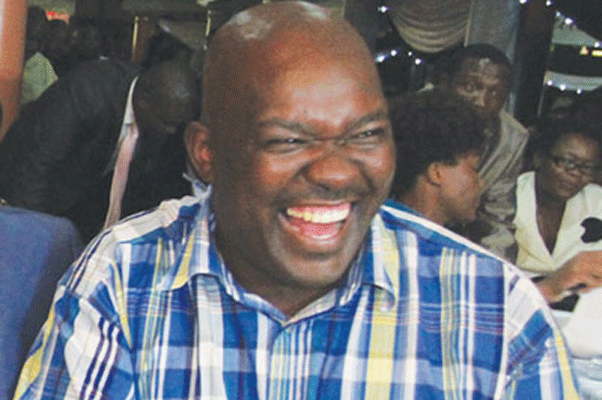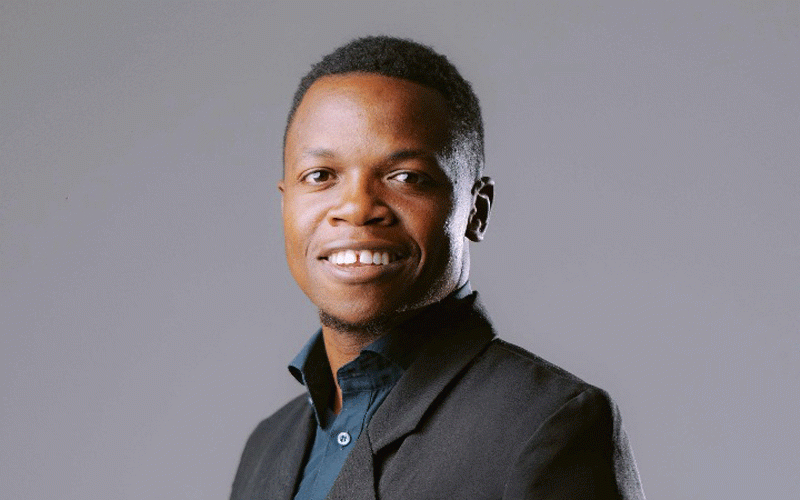
Last month, Herbert Murerwa and Gibson Mandishona called me outside one Harare hotel and asked me if I knew where Josh Meck, (a Jazz musician whom the two doctors have been following around for a while) was performing. I told them that I was not aware that he was performing that night. They seemed disappointed since they had planned an evening out where they would listen to jazz.
in the groove with Fred Zindi
Despite the recent opening of two venues in Harare — Time and Jazz and Jazz 24/7 — jazz is one genre which is not always easy to find yet there are dozens of jazz artists yearning to work. These include Mhepo, Mbeu, Harare Drive, Rute Mbangwa, Bob Nyabinde, Jabavu Drive, Summer Breeze, Filbert Marova, Tanga Wekwa Sando, Pablo Nakappa, Duduzile Manhenga, Prudence Katomeni-Mbofana, Jazz Invitation, Patience Musa, Penny Yon, Sam Mataure, Too Open and many more. If you go to Jazz 24/7 say on a Friday night, for instance, you might be surprised to find a reggae or a hip-hop band performing there. The reasons are obvious. Jazz, due to its depleted audiences does not have many enthusiasts anymore. Therefore it does not make money. Jazz needs to fit into modern life if it is to make any money. In other words, jazz in Zimbabwe is no longer part of the country’s popular culture such as that exuded by the likes of Jah Prayzah, Oliver Mtukudzi or Alick Macheso. There is need to develop a strong jazz audience if the genre is to survive at all during these harsh economic times.
When we ask, “How do we develop and maintain a strong jazz audience?” what we are really saying is “How can we convince thousands of people to alter and expand their aesthetic sensibilities and their cultural proclivities so that they include jazz to such an extent that they will regularly attend concerts and purchase recordings?” And that statement itself is embedded within another Herculean task: “How can we convince people to embrace music that is no longer part of the popular culture?” Gone are the days of Louis Armstrong’s What A Wonderful World, Duke Ellington’s It Don’t Mean A thing (If It Ain’t Got That Swing) or Frank Sinatra’s Fly Me To The Moon ; Let Me Play Among The Stars. There are just a few enthusiasts such as the two doctors Murerwa and Mandishona who are still hooked onto this style of music. But these are too few to make jazz a viable business.
Audience development is a complicated issue, and it’s not limited to jazz only. Every artist and arts organisation is trying to answer the same question. Assuming that many readers here are probably jazz or classical music people, I think it might also be helpful to consider the question from another angle. Imagine for a moment that Zimdancehall is on the skids, suffering from poor sales and anemic concert attendance. The National Arts Council then commissions a consulting firm to work on building the audience for Zimdancehall. Is there anything they could do to get you to become a Zimdancehall fan?
Well, some people might say Zimdancehall is harmonically and rhythmically quite simple, and the pieces are very short, so it doesn’t appeal to them very much. Others might say they need more content in their music and that may be lacking in this music genre. However, to entice more fans to this music style there might be a need for some marketing, education, packaging or programming strategy that will influence and/or supersede both personal taste and the enormous pressures of the dominant popular culture. At the same time, we are asking people to commit to an art form that will tax (and probably frustrate) their capabilities before, hopefully, delivering a heightened aesthetic experience.
Likewise, jazz simply needs to continue doing what made it great in the first place: engage with popular culture in an intelligent, nuanced and sophisticated manner, as some successful groups are doing today. If there is any hope of audience building, this is where it lies. George Benson did it and formulated jazz-funk which brought in a new audience.
In short, jazz must be organic, visceral and culturally relevant.
- Chamisa under fire over US$120K donation
- Mavhunga puts DeMbare into Chibuku quarterfinals
- Pension funds bet on Cabora Bassa oilfields
- Councils defy govt fire tender directive
Keep Reading
Music is a cultural artifact, and the culture has moved on. Jazz has moved on as well, further and further away from being “popular music,” and yet jazz culture (particularly jazz education) stubbornly adheres to a stodgy conservatism which is hopelessly mired in romantic notions of the Golden Age (circa 1950-1960). Here we are, a half century later and jazz musicians continue to foster the attitudes, behaviours, and sometimes even the hopelessly worn-out hipster lingo from that by-gone era. While I’m sure this is emotionally comforting as subculture signifiers, to the outside world, this nostalgic indulgence must appear archaic, comical and desperate. Jazz and its affectations certainly aren’t “cool” anymore, and haven’t been for decades; these signifiers no longer identify the user as a slick, modern, and rebellious hipster.
Read this carefully: I am not saying that jazz is stuck in a notion of the “golden age,” but that the culture around jazz is. The reason why jazz has very few people attending it is due to the fact that it lost its popular appeal long ago and something must be done to rectify this.
My advice to jazz artists is: Make money doing something else and keep your music pure.
Play only what you want to play, don’t play casuals, weddings or anything else that isn’t artistically satisfying to you. Let the young players do that work — they need the experience, we don’t. Write and play music without concern for “selling it” or “marketing it”; do it because it’s fun to do and do it with people you enjoy playing with. Rent a venue and put on concerts of your music, but don’t expect to make a profit. A very small percentage of these projects just might garner enough attention to make them financially profitable, and an even smaller percentage might become “famous,” but most won’t. If it happens, then that is the icing on the cake.
What I’ve seen from people who have left the “business” behind is that they are generally much happier. Granted, it is not an easy decision to make. We have so much of our self-image invested in the romantic mythology that swirls around jazz, and that mythology includes the idea that a “day job” is a cop-out, the kiss of death, not something that a “true artist” would ever do. So while the pressures of the dominant culture may be very difficult to overcome, the pressures of jazz culture are equally as daunting. But it seems to me that if a creative and artistically independent life is the goal, then the solution, in an era of dwindling support and an apathetic public, is to finance it with other productive work.
Jazz as a creative force is not going away. In fact, I would go so far to say that it will never go away because of the depth of its materials, its rich history and canon from the time the freed slaves played it at Congo Square in New Orleans, and its openness to new influences.
l Feedback: [email protected]











